Pages
-
Beach Read in a Sea Bag!
On Harbor’s Edge is a page-turning Maine island drama set in the early 1900s.
Categories
Recent Posts
-
A Maine Island Story for the Holidays
Facebook Twitter LinkedIn Google+ Tumblr On Harbor’s Edge: A Maine Island Story for the ... -
Flying Cold
Facebook Twitter LinkedIn Google+ Tumblr As the waters along the coast and between islands... -
Life Flight
Facebook Twitter LinkedIn Google+ Tumblr The night Evan Hopkins’ truck left the road... -
Life Patterns
Facebook Twitter LinkedIn Google+ Tumblr For artists Eric Hopkins and Peter Ralston, islan... -
Island Rescue!
Facebook Twitter LinkedIn Google+ Tumblr Fifteen Maine islands are inhabited year-round wh...
-
-
Say Ello
Fire Danger
Sculling Alone
![]() March 1, 2012
March 1, 2012
 Author : Grady Watts
Author : Grady Watts 
![]() Category: Boats
Category: Boats 
![]() 0 Comment(s)
0 Comment(s)
The best time to get on the water in a 26 foot long, 14 inch wide, 30 pound boat, known as a “racing single”, is between sunrise and around 9 AM, when wind is usually absent or the morning breeze is light enough for glimmer glass conditions to still prevail. But after all, it is summer and at 72, unless I have a big project going, I’m not living by the workday clock. So I often get up too late, have a cup of coffee, login to start the paper on-line and get on the water too late if at all. When I miss my window of opportunity I often find myself regretfully struggling against wind and waves. “Why didn’t I just set the alarm for 6?”
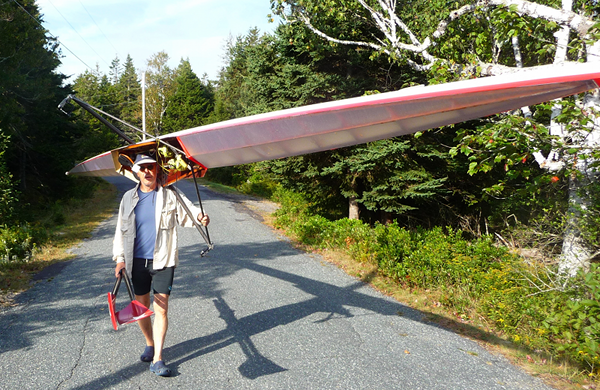
Grady Watts jauntily shoulders “Back to the Future” while strolling to Long Pond. This 26’ racing single has only a 14” beam and weighs all of 30 pounds. His “rear view” bicycle mirror allows a forward look while rowing. Photo by Gerry Wurzburg
Yet, even in the worst conditions, it’s always nice to go rowing on Long Pond, a “string bean lake”, where the wind blows in only two directions, north or south. I have a welcome tailwind half the time. During primetime, one has the lake all to oneself as birdlife awakens singing. As the sun filters through and then above the tree tops you row in and out of sunlight patches on the lake surface, feeling the sun’s warmth first on your head and slowly over your whole body. It is hard to resist rowing near lily pads though they occasionally grab hold of an oar blade.
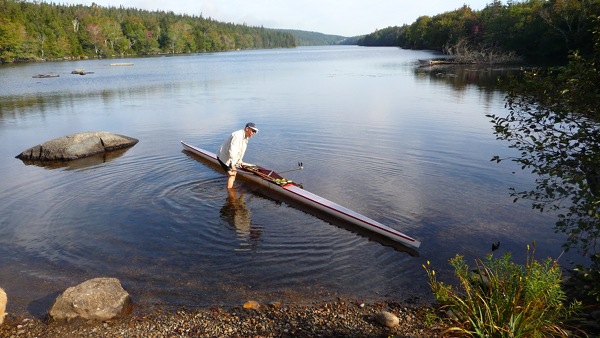
Isle au Haut's Long Pond is one mile long, barely a hundred yards wide, oriented due north/south and surrounded by wilderness. Photo by Gerry Wurzburg
By comparison, the Potomac River in Washington, DC, where I usually row, even at first light is slightly congested with a dozen or more rowing shells of various configurations: 8s, 4s, doubles and singles, accompanied by outboard powered launches throwing off nasty wakes. With each passing hour “rush hour” traffic increases as high school, college and club teams launch shells. Overhead, throbbing, olive drab helicopters shuttle at 500 feet altitude between the White House and the CIA in Langley, Virginia separated by a couple of thousand feet of altitude from jet liners landing in 30 second intervals at National Airport. A far cry, so they say, from Long Pond.
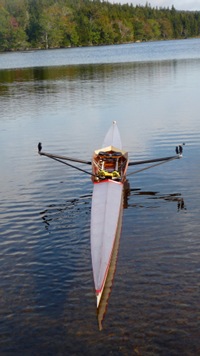
Photo by Gerry Wurzburg
Scullers, who have raced even once, row with a certain determination to do things correctly. The sculling stroke is often compared to a golf swing, only repeated at racing pace of 30-40 times a minute. Anyone who has hit a golf ball knows the chaos that results from an awkward swing. The primary unwanted consequences of an ugly rowing stroke are uncertain balance, lost time, and the not improbable outcome of getting wet. I got wet in my first race one chilly November on Philadelphia’s Schuylkill River where thousands of spectators lined the banks. I got wet on Long Pond once, but that was due to an equipment failure. Next time I don’t expect to have such a forgiving excuse.
It almost seems complaining to mention the relatively paltry Long Pond conditions considering those of the ocean around our island, with wind, waves and granite ledges that would crush my fragile craft like an unboiled egg; conditions fisherman face daily with the same risks. Yet, Long Pond has its own rocky shore, a handful of jutting boulders and “washers”, a couple of rafts to avoid, the occasional floatplane landing and two and four legged swimmers of course. And rowing is a little different from most boating in that we aren’t looking where we are going! We’re looking where we’ve been, which is why my boat is named “Back to the Future.” Yes, we do occasionally turn around to look upstream and some attach mirrors to our hats to see where we’re going and lessen the perils of backwardness. But these are two separate and incomparable worlds: work and sport, ocean and lake.

Photo by Gerry Wurzburg
A need for adventure sometimes makes me wish I had a seagoing shell and I may yet acquire one and row around Isle au Haut as others have. I’m also considering a double shell to share and possibly teach rowing to others here on Long Pond. But for the present I’m content “paddling” alone on a pristine, uncongested body of water, competing against myself, wind and waves with the occasional pleasure of feeling good form. And if I have to get wet again, so be it.
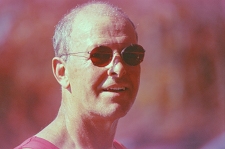
Photo by Gerry Wurzburg
Grady Watts has occupied his adult years producing and directing more than twenty documentaries on a variety of topics from book censorship in America to depression as experienced by men. If he's lucky, he spends three to four months a year in Maine on Isle au Haut, and the rest of the time in Washington, DC with his wife, the filmmaker Gerry Wurzburg. In DC, he rows out of the Potomac Boat Club.


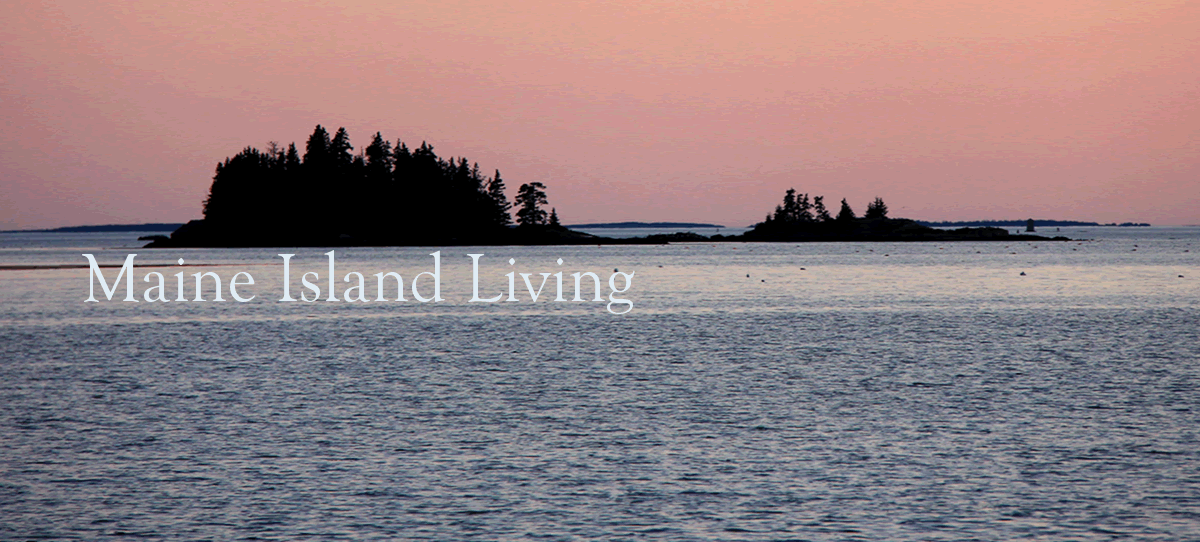
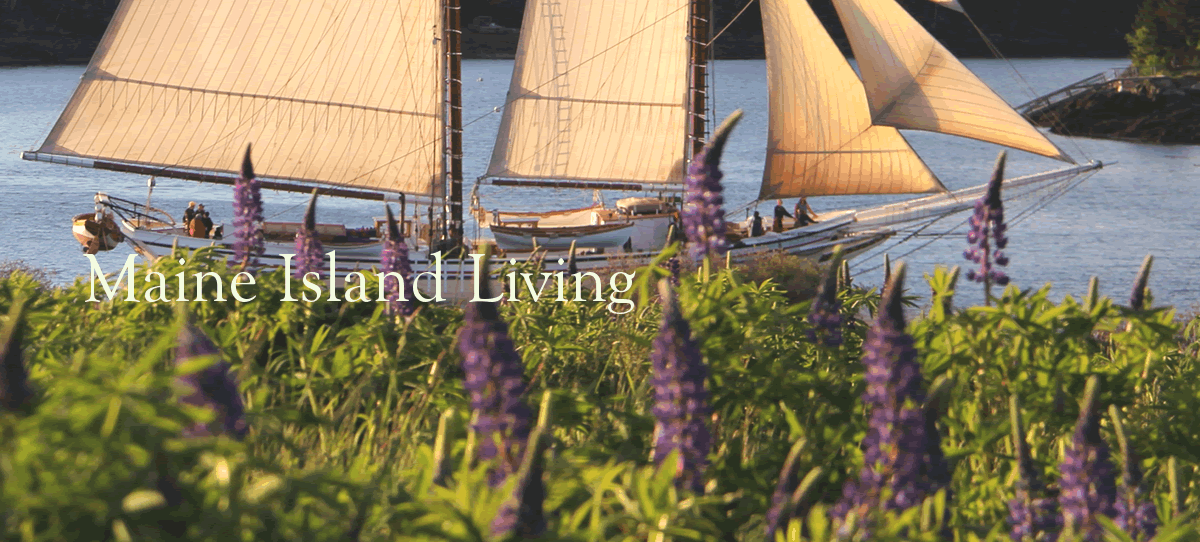
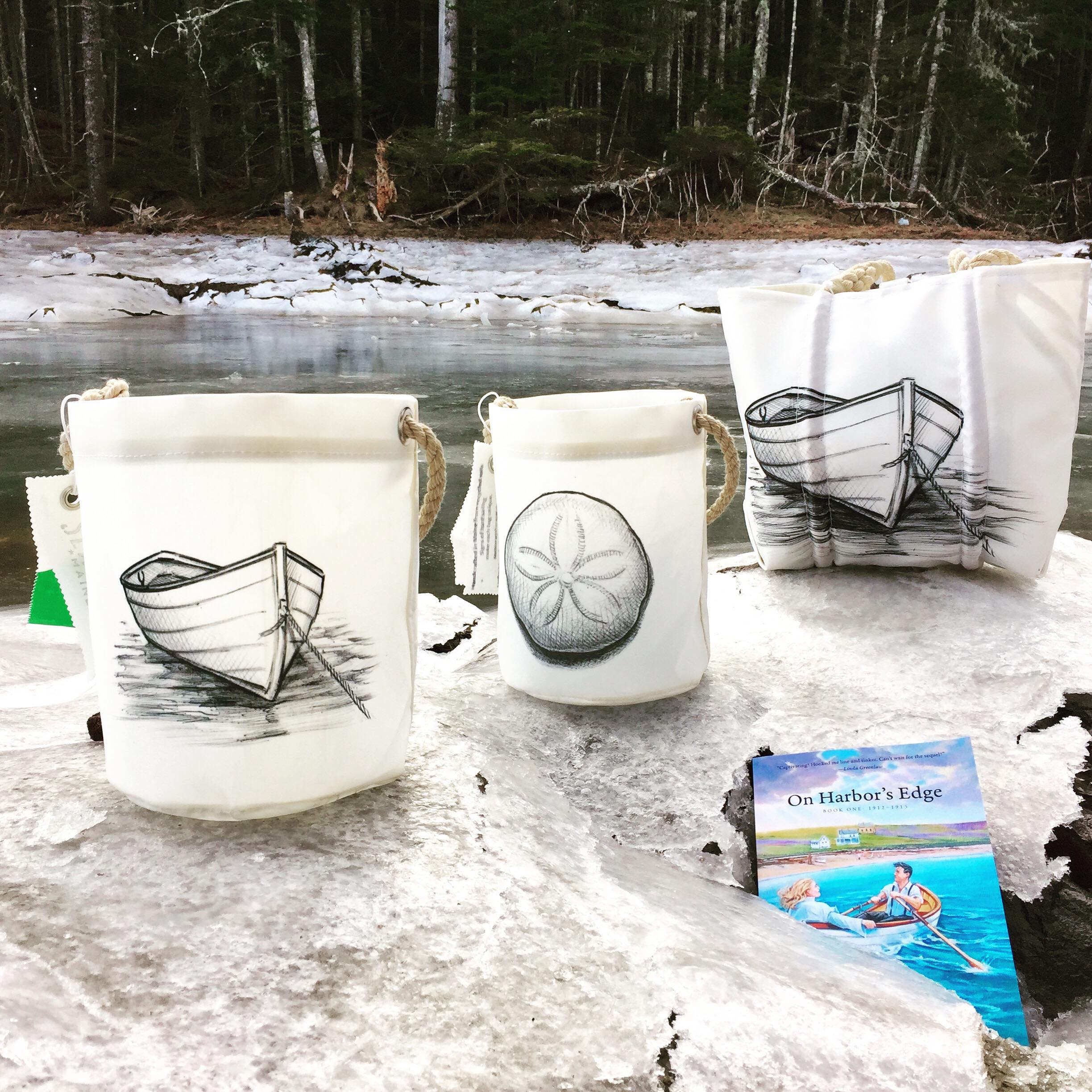
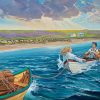

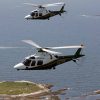

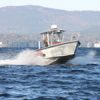
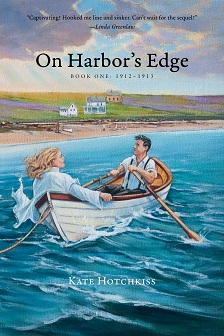

COMMENTS
There are no comments yet!